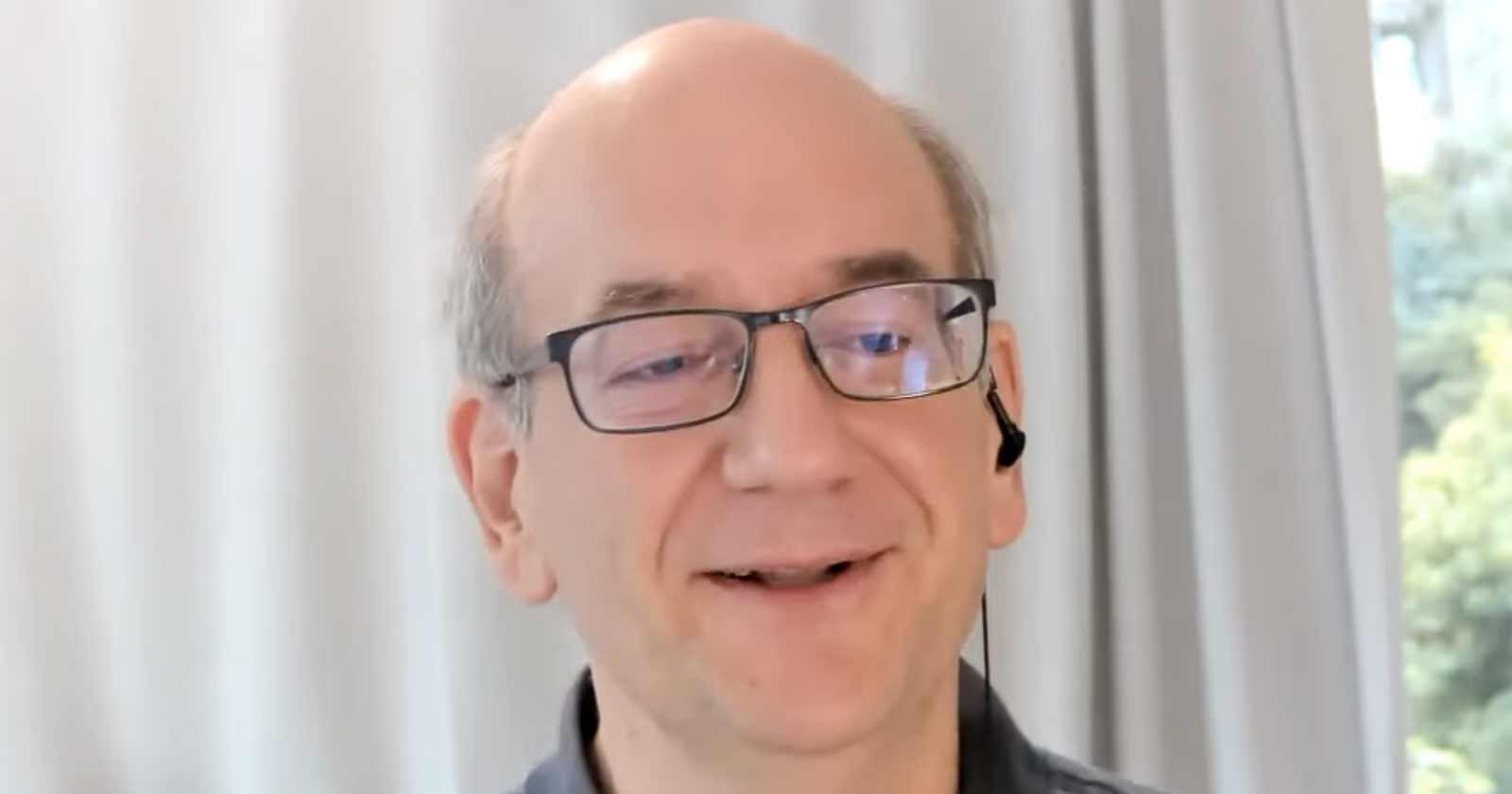Google’s John Mueller answered a question in a Google SEO Office Hours hangout about hidden internal links in the footer. He explained why it’s not a big deal in terms of getting penalized but that it’s more an issue of site improvement.
That’s a little surprising because hidden links have traditionally been seen as a big issue.
Hiding Links is Not Cloaking
The person asking the question appears to have misunderstood what the word cloaking meant as he used that word to describe internal links that were hidden by the use of CSS.
Typically this can be done with the CSS display property that can make an HTML element completely disappear from a web page and not affect the layout.
The display:none CSS declaration can be used to hide links anywhere on a web page.
Screenshot of Google’s John Mueller Discussing Hidden Links

The person asking the question was concerned about a new client who he said was cloaking links on the website.
The SEO related that he was surprised that the site was able to hide links in the footer for at least nine months without Google issuing a penalty for them.
His concern was that the client won’t be motivated to do anything about the hidden links since it’s been that way for so long and the site was not penalized.
He wanted clarification about the lack of penalization and whether this is something to fix right away.
Cloaking is Not the Same as Hiding an Internal Link
John Mueller asked the SEO what kind of cloaking was involved and the SEO shared that the client was hiding internal links in the footer with CSS.
Mueller correctly responded that hiding links is not cloaking.
Cloaking means showing one kind of content to Google (for ranking purposes) and a different version of the content for users.
The word cloaking denotes when the real content is hidden from Google, usually by the use of a script that detects when Googlebot visits and switches the content to something else. That’s cloaking.
So Mueller first clarified that what the SEO was dealing with was hidden internal links and not cloaking.
Google Theoretically Dislikes Hidden Links But…
Regarding the footer links hidden with CSS, Mueller expressed that it’s not necessarily something the Google web spam team would be concerned about.
Mueller said:
“I think that’s something that theoretically we don’t like that.
But I don’t see the web spam team taking action on that. Because especially when it comes to internal linking like that, it’s something that has quite a subtle effect within the website and you’re just essentially just shuffling things around within your own website.
I think it would be trickier if they were …buying links somewhere else and then hiding them.
That would be problematic, that might be something that our algorithms pick up on or that even the web spam team at some point might manually look at.”
Spam Team Won’t Take Action for Hidden Internal Links
Mueller explained why the Google web spam team probably wouldn’t take action against hidden internal links.
John Mueller:
“But if it’s within the same website, if it’s set to display none then …”
Mueller paused a moment to think then continued:
“I don’t think it’s a great practice. If you think it’s an important link then kind of like make it visible to people.
But it’s not going to be something where the web spam team is going to take action and remove the site or do anything crazy.”
Hidden Links Are an Opportunity to Improve the Site
In response to a follow up question John Mueller expanded on his answer to explain how he sees this as an opportunity to make the site better.
The person asking the question followed up to ask if Mueller was advising him to leave it as it is.
Mueller responded:
“Well I wouldn’t leave it as it is. I would see it as something to try to improve for the long run in the sense of like if you think this is an important link to an important page then it’s like… just be straightforward about it.
Because users are going to use it too or maybe if users don’t care about it maybe it isn’t actually an important link.
But I wouldn’t see it as something where I like drop everything, we need to fix this, this week kind of thing.”
Insights
The Value of Re-framing Question Around Site Visitors
John Mueller employed a nice trick for solving an SEO problem by reflecting on how it affects site visitors.
For example, if the links aren’t useful for site visitors on the web page then they’re probably not good for SEO purposes either.
Presumably the site owner is concerned that the links might affect web page conversions and that’s why the links are hidden so that users focus on completing a purchase.
From an SEO perspective that page is about selling a product so internal links to some other products might not be altogether relevant anyway for SEO purposes.
But if they are relevant to users then they may be relevant for SEO purposes.
Identifying whether something is good for SEO can often be solved by asking how it affects site visitors.
Google Not Overly Concerned About Hidden Internal Links?
The other interesting insight is that the web spam team is not overly concerned about internal hidden links
It appears to be more a matter of poor insight into what’s good for SEO than getting away with something at the expense of Google’s algorithm.
Citation
Hiding Internal Links with CSS
Watch John Mueller answer the question at the 17:09 minute mark:





